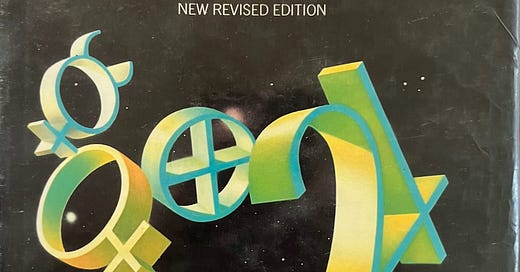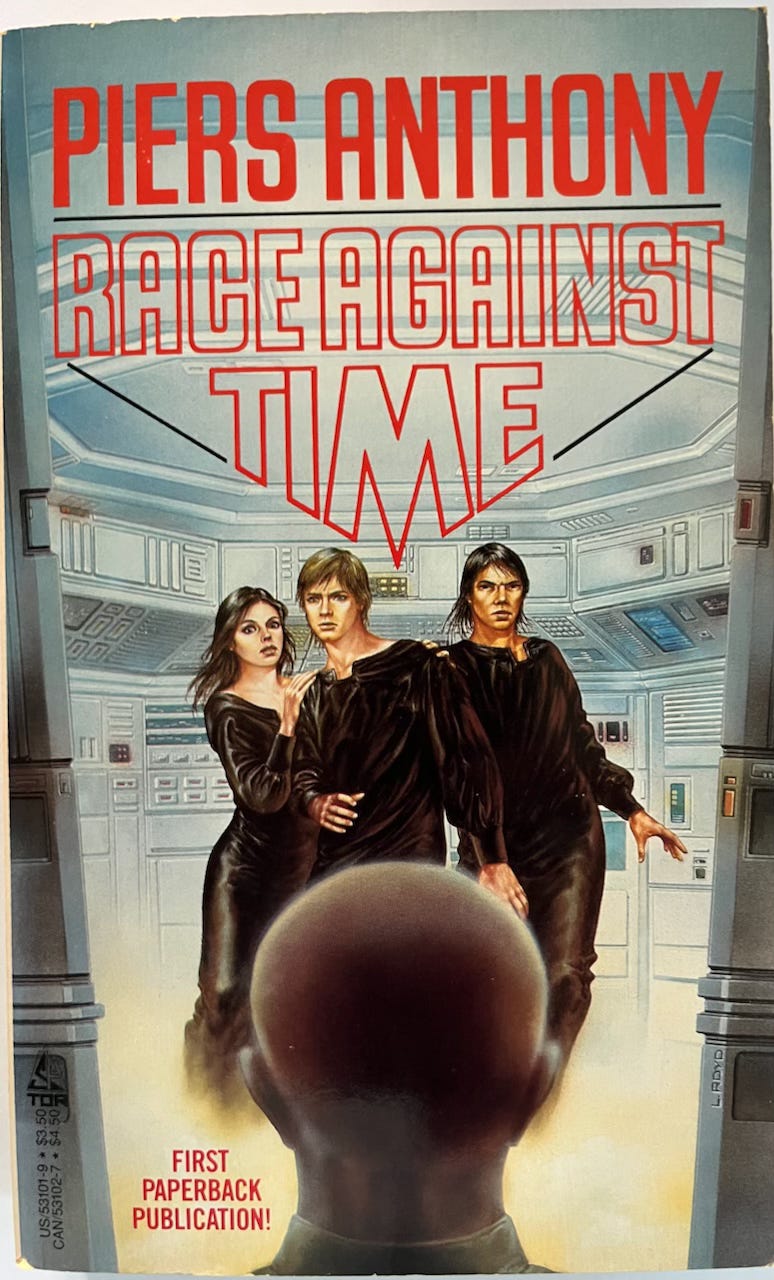Recently, while visiting the local library with my youngest daughter, I noticed something: No one seems to read in the library. I was trying to explain to my daughter what a library carrel was, and I thought, since we were in the library, I’d show her. We wandered around for a while, looking for one, but I couldn’t find one. Eventually, I found a room filled with several rows of carrels. People were scattered about at different carrels, but none of them were reading. Well, none of them were reading books. Each carrel had a computer terminal and the people at the carrels were busy browsing on those terminals.
It got me thinking about the libraries I haunted growing up, and the summer days I’d spent sitting in a quiet (and computer-free) carrel, paging through a book
The Franklin Township Public Library and The Nine Planets
To be honest, I’m not sure if I ever sat at a carrel and read a book in the Franklin Township Public Library, but I may have. I just can’t recall clearly. I was five or six years old when I first visited that library and discovered the book The Nine Planets by Franklyn M. Branley. I do remember the book, however. It seems to me that I couldn’t get enough of that book. I checked it out of the library again and again reading it from cover-to-cover. I was captivated by the book, and by the idea that there was a place I could go to read book for free. Forget playgrounds! The Franklin Township Public Library began my love affair with libraries, just as The Nine Planets was my first crush when it came to book, and established a passion that has grown in me ever since.
The Granada Hills Branch of the Los Angeles Public Library and Race Against Time
My first experience with library carrels came during my first summer in Los Angeles. I walked to the Granada Hills branch of the Los Angeles Public Library1 in the morning as the heat was building. I can still recall the feeling of the cold air bursting out from the building as the entrance doors swung open, allowing me to pass from a summer climate to a winter one. There, among the vast shelves, I hunted for books, and when I’d cornered one, I found a quiet spot to sit and read in the comfort of the quiet, air conditioned space.
On one particular day, I came across a paperback book in the racks called Race Against Time. Something about it drew me to the book. Back then, I didn’t know who wrote it, so it would be years later when I discovered it was Piers Anthony, a writer who I’d come to enjoy as a teenager2. I took that book to one of the empty carrels, sat down, turned to the first page, and began to read. I don’t think I stopped until I’d finished. I may be the only book I read in a library without ever needing to check it out.
The Tomás Rivera Library and Old Issues of The New York Times
The Tomás Rivera library at the University of California, Riverside, where I attended college, was, up to that point, the biggest library I’d ever been in. It was and is the host to the Eaton Collection of Science Fiction and Fantasy, and by the time I was in college, I was an avid science fiction reader. But it was not for the science fiction collection that I remember that library. Instead, two things stand out in my mind.
First, is the New York Times. At some point, I discovered that the library had all of the old issues of the New York Times on microfiche (this was in the days before digitization). I spent hours with microfilm from old issues of the New York Times, reading articles and advertisements from days past. I looked up issues from the day I was born, the days my parents were born, the days my grandparents were born. I was fascinated by the film, but also by the compactness of so much information. (Maybe this is where my fascination with the compressibility of life comes from.)
Second, somewhere in the bowels of the stacks, I found a completely isolated carrel. I I had to go down multiple levels and navigate a complex maze to find the carrel. No matter how many times I sought it out, however, it was always empty, and I spent countless hours there when I needed a quiet place to read or study.
The McHenry Library and Dangerous Visions
While in college, I would frequently visit the University of California, Santa Cruz. One day, I found myself with time to kill. I’d brought a copy of Harlan Ellison’s Dangerous Visions3 with me. I’d never read it before, but on this particular day, with the banana slugs visible on the trees, I made my way to the McHenry library, found comfortable couch to sit on, and I wiled away the hours reading the stories in Dangerous Visions.
The library was situated in what seemed to be the middle of redwood forest, and has to be the most scenic library I’ve ever been to. I remember the couch that I commandeered was situated beside a large window overlooking those majestic trees. Alas, the stories in Dangerous Visions won over the scenery outside.
Maybe it was just a fluke that no one was reading in my local library when I was there recently. Maybe there were some carrels scattered about that didn’t have computer terminals on them. I hope so. It would be a shame if kids (and grownups, too) couldn’t go into the library and find a quiet place to disappear into book.
If you have never read The Library Book by
, go out and read it now. It is a book about the Los Angeles Public Library and a fire that happened there in the 1980s. I love books about books and books about libraries, but this one was special because it was about the Los Angeles Public library, and I knew that library system well.Between that first book and shortly after college, I probably accumulated more than 100 Piers Anthony books. I even corresponded with him briefly while in school. But sometime in college, I outgrew his book, and eventually, I gave most of them away. But I kept Race Against Time, as well as a few other.
Over the years, I’ve accumulated quite a few Harlan Ellison books, many of which he signed for me when I’d see him visiting the now long-defunct Dangerous Visions bookstore in Sherman Oaks, California.







